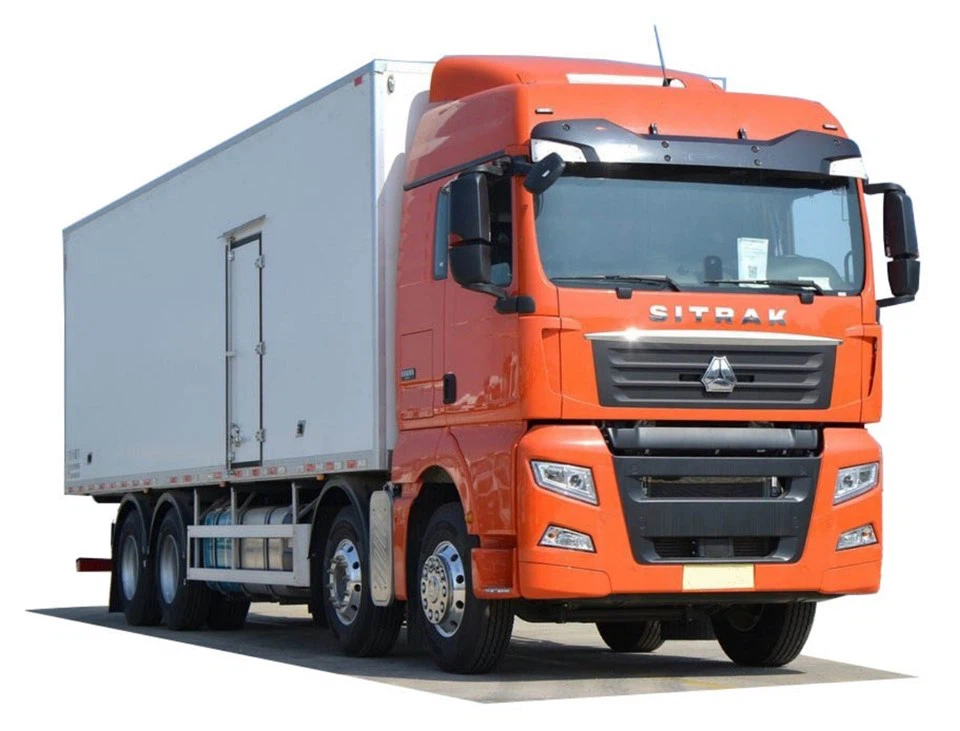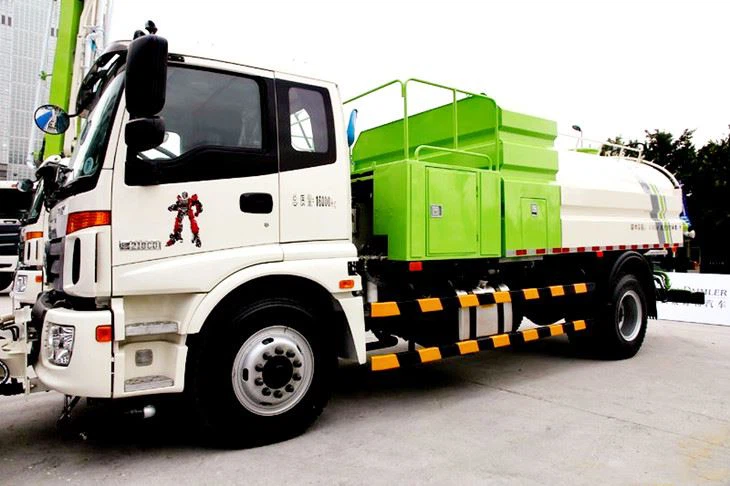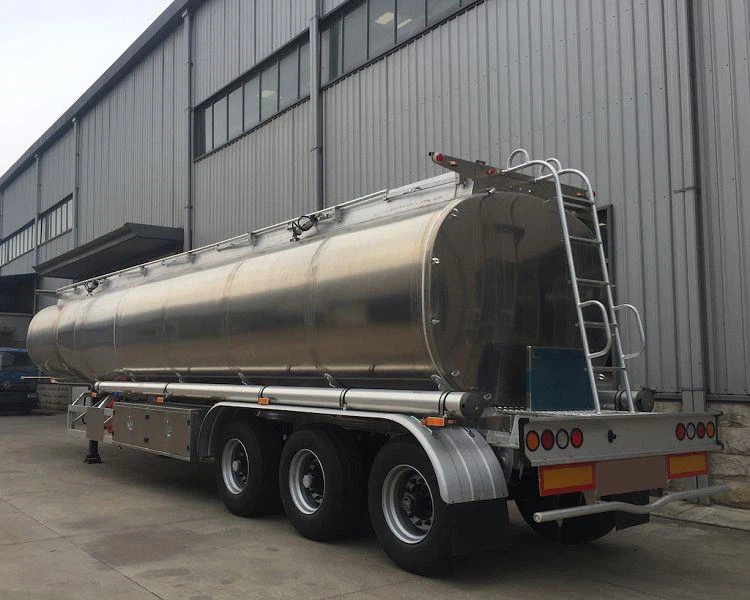Understanding M.2 Loader: Your Ultimate Guide

Introduction

The M.2 loader is a sophisticated yet crucial component in the world of computational devices, especially in computing, gaming, and storage solutions. Understanding how M.2 loaders work, their purpose, and their integration with modern hardware can significantly enhance your technology applications. This comprehensive article will explore the concept of M.2 loaders, their features, and practical examples of their usage. Whether you’re a tech enthusiast, a gamer, or a professional, this guide aims to provide valuable insights into M.2 loaders and how they impact system performance.
What is an M.2 Loader?
The M.2 loader is a high-performance component designed to facilitate the loading of various operating systems, firmware, and software directly from M.2 storage devices. Unlike traditional storage interfaces, M.2 provides better speed and efficiency, allowing for quick data transfer and reduced boot times. This section delves deeper into the functionality of M.2 loaders and their significance.
Key Features of M.2 Loaders
- Speed: M.2 loaders provide exceptional read and write speeds, significantly enhancing system performance.
- Compact Design: Their small size allows for efficient use of space within devices, supporting slim profiles in modern laptops and desktops.
- Versatility: M.2 loaders support various storage types, including SSDs and Wi-Fi and Bluetooth modules.
- Ease of Use: Simple installation processes make M.2 loaders user-friendly for both professionals and amateurs alike.
Types of M.2 Loaders
There are several types of M.2 loaders that cater to different functionalities. Depending on the intended usage, you may come across the following:
1. M.2 SATA Loaders
M.2 SATA loaders use the SATA interface, providing a conventional SSD experience with a robust form factor. They are ideal for users upgrading from older storage technologies.
2. M.2 NVMe Loaders
M.2 NVMe loaders utilize the NVMe protocol, providing faster data transfer rates than their SATA counterparts. Ideal for high-performance applications, they are favored by gamers and professionals requiring quick data retrieval.
3. M.2 PCIe Loaders
Powered by the PCIe interface, M.2 PCIe loaders allow for higher bandwidth capacities. Users who require high-speed data access will find PCIe standard support essential.
4. M.2 Wi-Fi Loaders
These loaders enable connectivity features by supporting Wi-Fi and Bluetooth modules, enhancing device connectivity capabilities without additional hardware.
How to Install an M.2 Loader
Installing an M.2 loader is relatively straightforward. Below are the essential steps to follow for successful installation:
Step-by-Step Installation Guide
- Prepare the Workspace: Ensure that you have a clean, static-free environment for installation.
- Gather Tools: You’ll need a screwdriver, an M.2 SSD, and possibly thermal paste or a heat sink for M.2 drives with high thermal outputs.
- Open the Device: Carefully unscrew the back panel of your desktop or laptop, revealing the motherboard.
- Locate the M.2 Slot: Identify the M.2 slot on the motherboard, which is usually near the CPU or RAM slots.
- Insert the M.2 Loader: Align the M.2 SSD’s notch with the slot, then gently insert it at a slight angle.
- Securing the Drive: Press the SSD down flat and secure it with a screw.
- Close the Device: Reattach the back panel carefully and reboot the device to detect the new hardware.
Benefits of Using M.2 Loaders
M.2 loaders provide several advantages, enhancing overall system efficiency and user experience:
1. Improved Boot Times
Due to their high-speed capabilities, M.2 loaders can reduce operating system boot times from minutes to just a few seconds.
2. Increased Data Transfer Speeds
With M.2 NVMe technology, data can be transferred at speeds many times faster than traditional SATA SSDs, greatly affecting file loading, game streaming, and application launching.
3. Enhanced Gaming Experience
For gamers, the rapid data access provided by M.2 loaders can result in smoother gameplay, quicker loading times, and overall improved graphics performance.
M.2 Loaders vs. Traditional Drives
Comparing M.2 loaders to traditional hard drives illustrates clear performance differences:
| Feature | M.2 Loaders | Traditional Drives |
|---|---|---|
| Form Factor | Compact, thin profile | Bulkier designs |
| Speed | Up to 7000 MB/s (NVMe) | Up to 600 MB/s (SATA) |
| Installation | Simplified installation | More complex, often with cables |
| Applications | Gaming, professional workloads | General data storage |
Best Practices for Using M.2 Loaders
To ensure optimal performance and longevity of M.2 loaders, adhere to the following best practices:
1. Keep Firmware Updated

Regularly check for firmware updates from the manufacturers to fix bugs and improve performance.

2. Ensure Proper Cooling
Consider the heat output of your M.2 loader, especially during heavy usage. Utilizing heat sinks or proper airflow can prevent throttling and performance declines.
3. Backup Regularly
Always have backup solutions in place since data loss can occur due to hardware failures or corruption.
4. Optimize Storage Space
Keep your drive organized and clean to maintain maximum performance. Regularly delete unnecessary files and utilize storage management solutions.
Common Issues with M.2 Loaders and Solutions
Like any hardware, M.2 loaders may encounter issues. Here are some common problems and their corresponding solutions:
1. Device Not Recognized
If your M.2 loader isn’t recognized upon booting:
- Check the installation to ensure the SSD is properly seated.
- Update the motherboard BIOS or EFI.
- Verify compatibility with the motherboard.
2. Slow Performance
If insight shows slower-than-expected performance:
- Ensure you’re using the correct interface (NVMe vs. SATA).
- Close unnecessary background applications.
- Check for thermal throttling; apply cooling solutions if needed.
3. Overheating
Excessive heat can reduce performance:
- Apply thermal pads or sinks.
- Improve airflow within the case.
Frequently Asked Questions (FAQs)
1. What is the difference between M.2 and SATA drives?
M.2 drives offer faster speeds and more compact form factors compared to traditional SATA drives that have slower transfer rates and bulkier designs.
2. Can I use an M.2 SATA drive in an M.2 NVMe slot?
No, M.2 SATA and M.2 NVMe slots have different interfaces. Ensure compatibility before installation.
3. Do all motherboards support M.2 loaders?
Not all motherboards support M.2 loaders. Check your motherboard’s specifications for compatibility.
4. How can I check if my M.2 is working properly?
Utilize software tools such as CrystalDiskMark or your operating system’s disk management utility to assess performance and health.
5. Is it possible to upgrade from an older hard drive to an M.2 SSD?
Yes, upgrading from a traditional hard drive to an M.2 SSD can dramatically improve system performance.
6. What should I look for when buying an M.2 loader?
Consider factors such as speed (NVMe or SATA), compatibility with your motherboard, storage capacity, and brand reliability.
